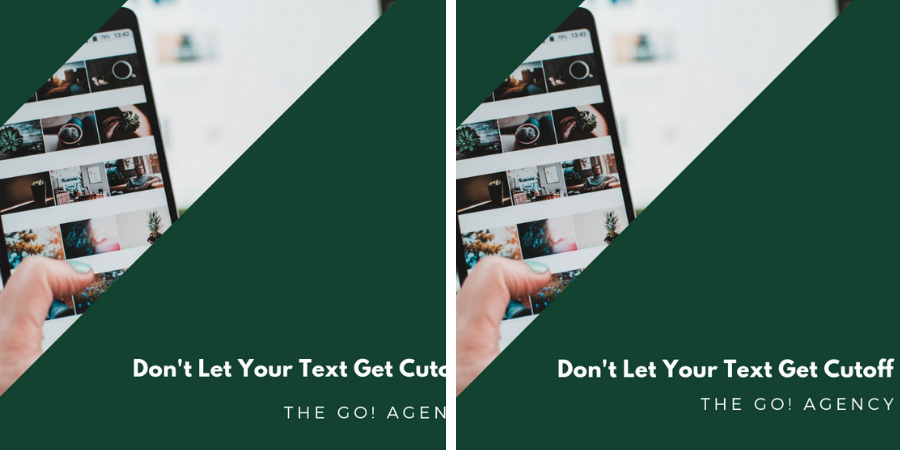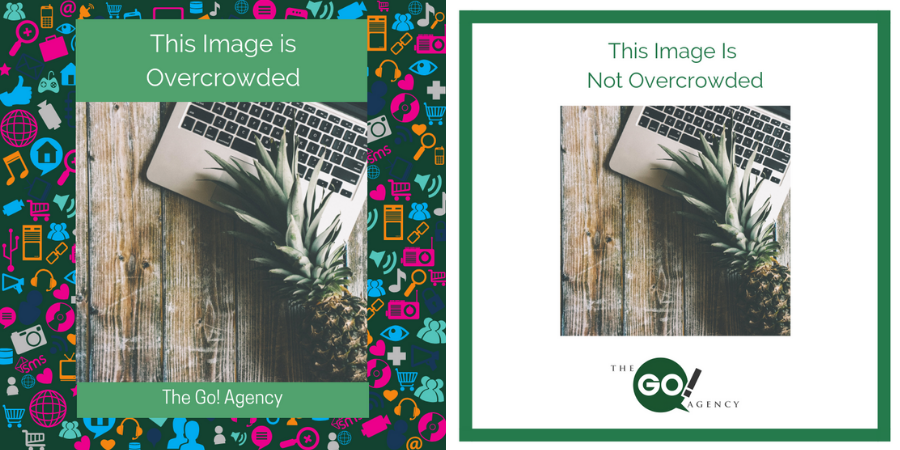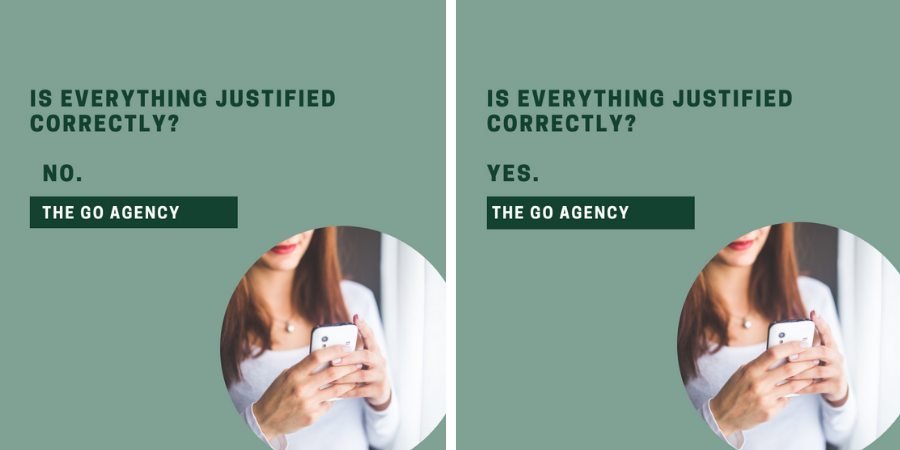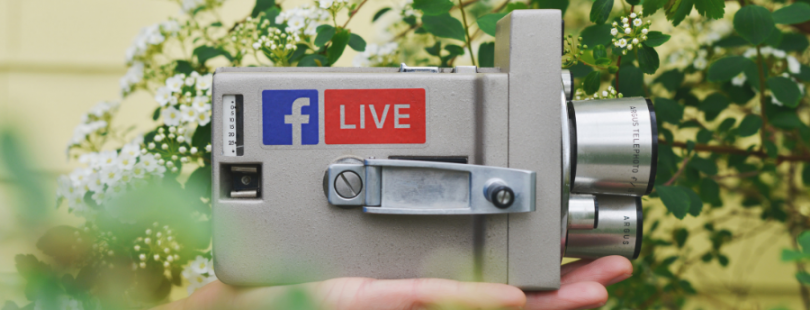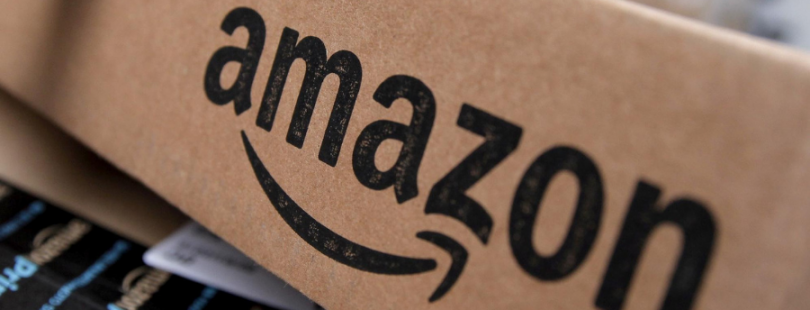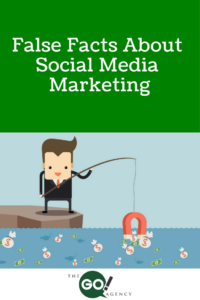You’ve got great ideas for new content and ads, but how do you know who to target? It’s safe to say that your new boat engine isn’t going to be a hit among lower-income twenty-somethings, which is why you’ll need to speak to the right audience.
But first, you’ll have to find them!
Identifying Your Audience
A tried and true method of finding the right audience is to craft a buyer persona. A buyer persona is an imaginary representation of who you’re selling to, and it makes sure your content is appealing to the right person. Here are some questions to help you create yours:
- Where do they shop?
- What social media platforms do they use?
- What do they wear?
- Where do they work?
- Are they married?
- Do they have kids? How many?
- What’s their family situation?
- Where do they live? (Think city, but also house, apartment, etc.)
- What’s their financial situation?
- What do they spend money on?
- What’s their name? (This can help you remember that your audience has real people!)
Get as specific as you can! Once you’ve identified exactly who’s buying, you can figure out how to engage with them!
It’s important to remember that engagement best practices will vary from platform to platform, so it’s best to optimize your strategy for each social network.
Facebook
Fair warning: Facebook is one of the most difficult sites for engaging your audience. You want to have genuine, organic conversations, but Facebook’s algorithms tend to prioritize paid content. However, there are some workarounds!
Creating a Facebook group for your business is a great way to foster natural engagement. It will provide a space for your audience to interact directly with your brand, and it isn’t subject to the same algorithms that are at play in the news feed.
When people like your posts, invite them to like your page! They’ve shown that they’re interested in what you have to say, so encourage them to take that final step!
To draw in your audience, you’ll need to create Facebook ads. When writing, keep a clear idea of your buyer persona and what they expect from your brand!
Twitter
When looking for new people to engage with, search by hashtags that your buyer persona would use. It’s all about meeting your audience where they are, not trying to change them!
Another great tactic is to look at who’s following your competitors. If they like what a similar business is selling, they’ll probably like you, too!
Once you’ve found your target audience, what do you do? Like their posts, reply to them, just show them that you’re sincerely interested in what they have to say! Retweeting and quote tweeting are also some great platform-specific tools you should use!
Instagram
The strategies for finding people on Instagram are almost identical to Twitter’s plan: search hashtags and find who’s following your competitors. However, Instagram has one key advantage: location. If you have a brick and mortar store, go after people in your area!
You’ll want to like and comment on posts as always, but don’t stop there. Ask for permission to share a potential customer’s post! Decide whether it would fit best as a post or a story, then show that user you value them by sharing their visual!
LinkedIn
Join groups to find people! These are especially great because you’ll have a common interest to start a conversation. Additionally, you can search for people based on their job title and location. If someone has a job title that usually sends you referrals, then you should connect with them ASAP!
For B2B brands, consider what businesses you want to work with and search for their employees. If you were able to connect with someone, why not go ahead and send invitations to the people they work with?
Of course, there are two very different paths on LinkedIn. A company account can be a great boost for SEO, but it’s irrelevant when you’re trying to engage your audience. If you’re looking to form connections, decide who in your company will be the human face that’s attracting attention on LinkedIn.
Some Guiding Rules
There are certain principles that will serve you well on any platform. These include:
- Don’t make a sale on someone else’s post.
- Make comments meaningful! Don’t just reply with a thumbs up.
- Respond to positive and negative interactions, whether that be via comments or messages!
And there you have it! You have everything you need to find and engage with your audience in a way that’s effective and works toward your marketing goals!
Could your visual content use some help? Schedule your free consultation with The Go! Agency!
Read More





